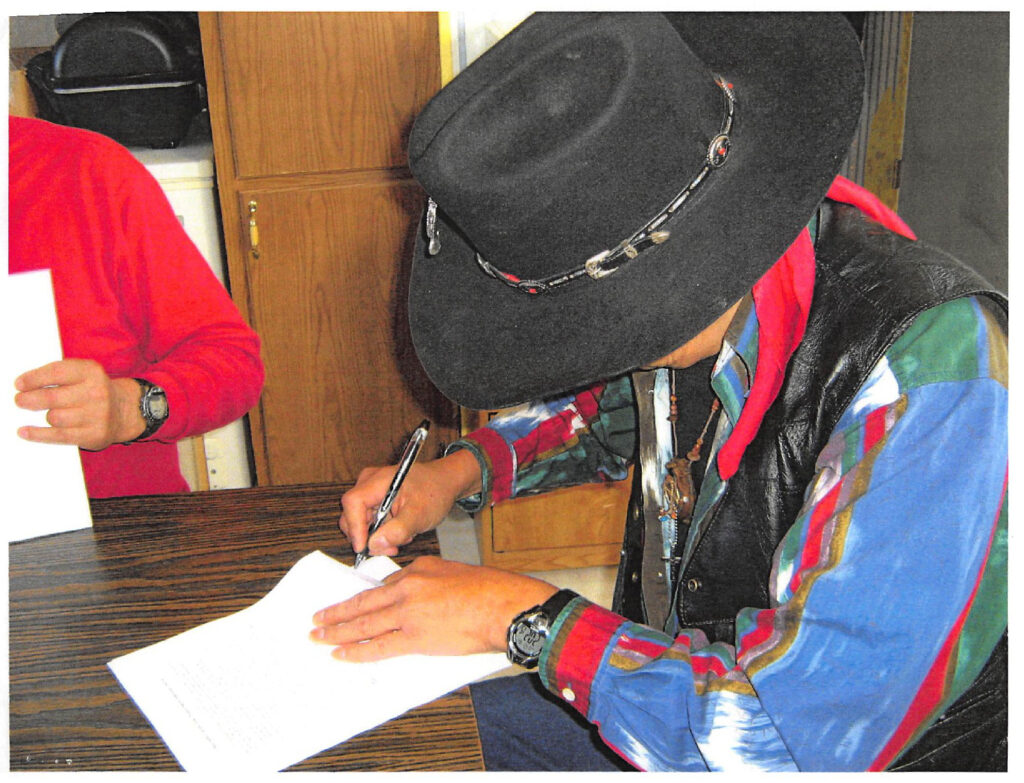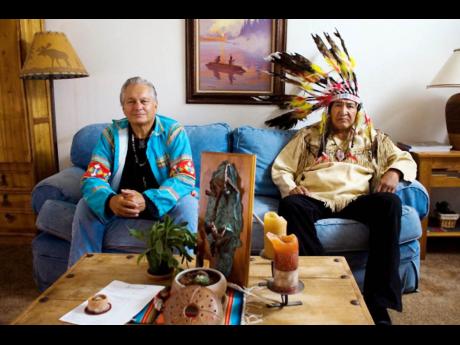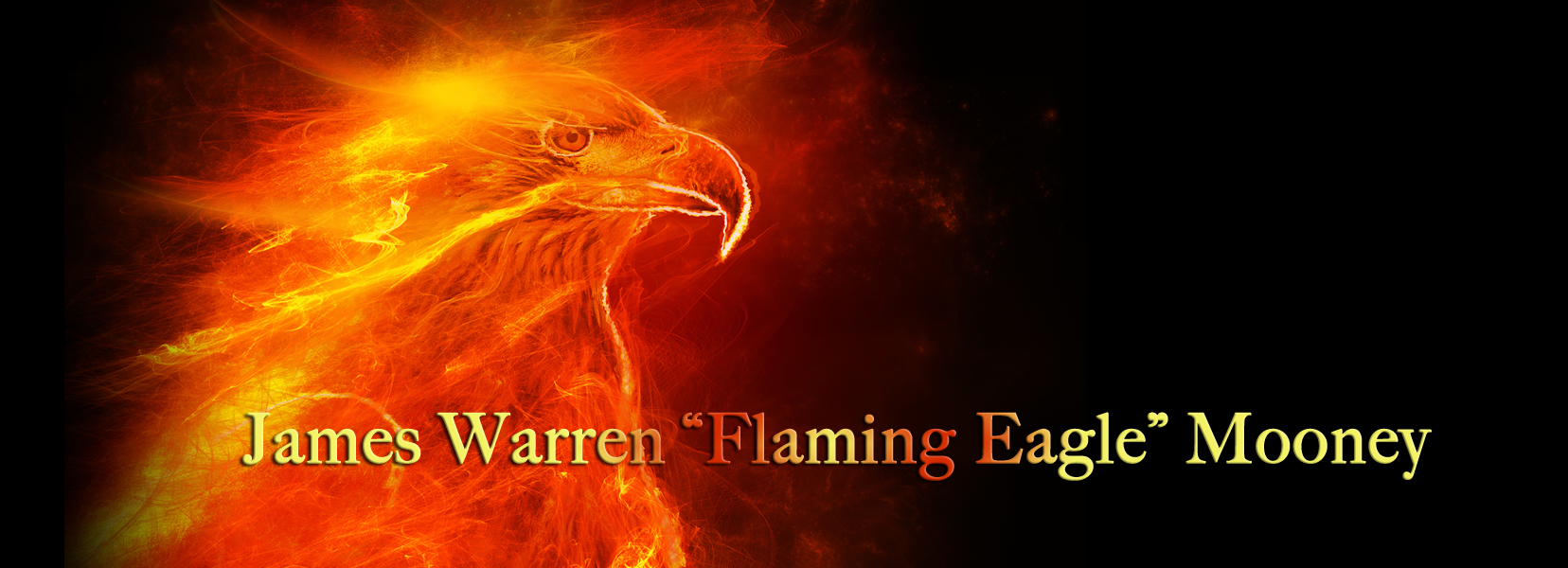Oklevueha and the Lakota Sioux and Seminole Cultures
Lakota Sioux and Seminole Religious Cultures
And their Influence on Oklevueha Native American Church
The Lakota Sioux and Seminole Religious Cultures merged their two Indigenous Native American Religious Cultures representing earth based healing and empowering spiritual traditions, on December 17, 2007. The original agreement named this merging of American Native spiritual traditions, Oklevueha Lakota Sioux Native American Church, predominately known as Oklevueha Native American Church.
The merging of these two spiritual traditions honors the courageous heritage of the Oglala and Lakota Sioux Nation, and the Oklevueha Band of Seminole Indians. This merging brought about the availability of these two indigenous spiritual traditions to the public as one.
Historically, the Oglala and Lakota Sioux spiritual leaders Crazy Horse, Sitting Bull, and Fool Bull, Native American leaders and medicine men, maintained their spiritual traditions through a tenacious commitment in honoring their American Native culture, which is, honoring and respecting Mother Earth and Father Sky. Both Crazy Horse and Sitting Bull were murdered primarily, for their unwavering commitment to honor their American Native way of life. Fool Bull tenaciously weaved his traditional medicine spiritual ways through the reservation world of corrupt politics of the Bureau of Indian Affairs.
This weaving enabled his descendants of Sioux spiritual traditions such as, Leslie Fool Bull and Richard ‘He Who Has the Foundation’ Swallow to survive and blossom in the reservation world.
You can read the Foundational Documents of this union here.

Richard “He Who Has the Foundation” Swallow, signing the document uniting the two tribes.

James Mooney and Richard “He Who Has the Foundation” Swallow
Osceola, Quanah Parker, and James Mooney, Ethnologist maintained the Oklevueha Seminole spiritual traditions, in secret, on and off of Federally Recognized Indian Reservations. The reason for the secrecy was if the people that carried these traditions were revealed, they would have been murdered. In the 1800’s, there were bounties placed on all Seminoles that did not reside on federally recognized Indian reservations. If a government agent of the United States were to kill, and turn in a severed Seminole head, they would receive as much as $200.00. In the 1800’s, this was a massive amount of money.
The Seminole spiritual traditions are embedded in a multitude of indigenous cultures. The Seminole indigenous spiritual tradition traces its beliefs to Central America, primarily, in the vicinity of Guatemala. Because of the infusion of escaped slaves mostly from plantations of Georgia, the indigenous spirituality of African indigenous people is infused with Seminole spirituality. With the melding of Irish and Scottish misfits into the Seminole culture came indigenous Gaelic traditions into the Seminole melting pot of earth based healing and empowering spiritual traditions.
With these understandings, one may surmise that the reason for the survival of these indigenous spiritual traditions relied on the ability of the followers to listen to and follow the promptings of the heart in the ‘moment’. They could not have survived the onslaught of atrocities with one set of practices for each one of their indigenous ceremonies. It is also reasonable to conclude that women (Matriarch) are the true caretakers of the indigenous medicines, and the men (Patriarch) are the protector of the medicines.
The seemingly diverse (in comparison) traditions of the staunch Lakota Sioux ceremonial ways, and the fluid, spiritual traditions of the Seminoles makes the merging of these two indigenous earth-based ways applicable to today’s spiritual healing practitioners. A study of the Oklevueha Native American Church Code of Ethics makes the merging of these two spiritual traditions applicable and inviting to seekers of the truth to know the essence of who they are, and where their original spiritual traditions blossomed.
